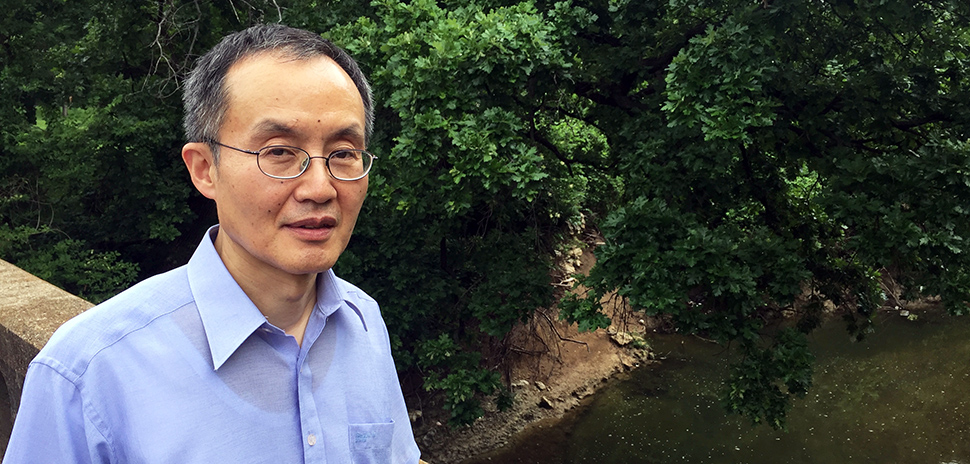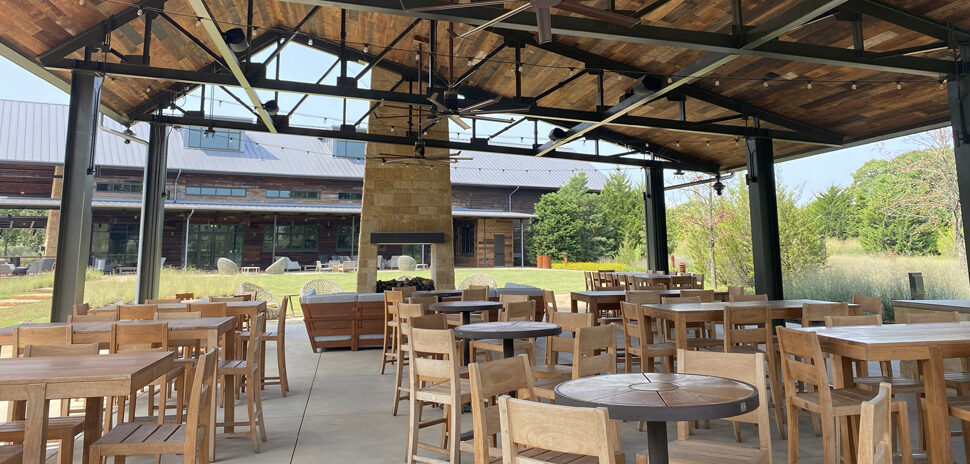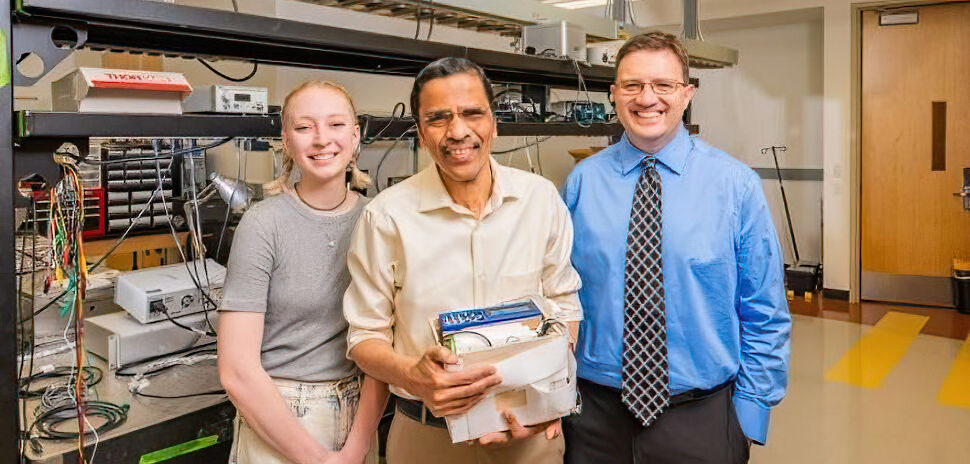Much of North Texas has seen rain in the past few days, something that can be beneficial to lawns and crops, but which also can be disastrous — it all depends on how much rain falls.
The ability to better predict which it will be during heavy-to-extreme rain events is critical to everyone from emergency response managers to just everyday people.
D.J. Seo, the Robert S. Gooch Professor of Water Resources Engineering in the Civil Engineering Department at the University of Texas at Arlington, has received a $188,442 grant from the National Oceanic and Atmospheric Administration to help develop tools and techniques to improve rainfall mapping by as much as 10 to 20 percent.
Seo is collaborating with Lin Tang, a research scientist at the University of Oklahoma; Jian Zhang of the NOAA’s National Severe Weather Storms Laboratory; and David Kitzmiller and Greg Fall of the NOAA’s National Water Center, according to a release from UT Arlington.
THE RAIN PROJECT WILL USE MULTIPLE WEATHER SERVICE TOOLS
The University of Oklahoma received $197,546 in funding also, as part of a total of $6 million in funding from the NOAA’s National Weather Service under its Joint Technology Transfer Initiative. More than 100 institutions received funding under the initiative.
The rainfall project will take into account the weather radar networks, tens of thousands of rain gauges and the many satellite sensors that are used by the National Weather Service.
“We’ll be using that information, running it through a new suite of algorithms to determine heavy-to-extreme precipitation amounts more accurately,” Seo said in the release. “Our goal is to improve the accuracy by 10 to 20 percent. Being able to estimate precipitation better has a chain reaction of sorts on the entire water prediction and management enterprise.”
Seo said the research could have great benefit to water management.
“Being able to estimate precipitation better has a chain reaction of sorts on the entire water prediction and management enterprise.”
D.J. Seo
“If we’re more accurate in precipitation, then we can be more accurate in our streams, creeks, and rivers. That leads to being more accurate in flood warnings and in the operation and management of our reservoirs.”
Seo came to UT Arlington in 2010 after professional appointments to the National Weather Service’s Hydrologic Research Laboratory in Maryland and as a senior researcher in the Environmental Remote Sensing Research Laboratory at the Korea Institute of Science and Technology in Taejon, Korea, UTA said in the release.
He earned a master’s degree from the Massachusetts Institute of Technology and his doctoral degree from Utah State University, UTA said.
Seo launched a new Android cell phone app in the spring called iSeeFlood as a way to encourage members of the public to file timely reports when they saw street flooding, high water in and around their houses, and flooding in streams and creeks.
His team also installed innovative wireless sensors in an effort to improve high-resolution modeling of urban water systems, UTA said. Researchers installed roughly a dozen of the high-tech sensors in Fort Worth, Grand Prairie, Dallas, Arlington, and Kennedale.
In 2014, Seo was awarded a four-year, $1.2 million National Science Foundation grant to improve the sustainability of large urban areas from extreme weather, urbanization and climate change, UTA said in the release.

D.J. Seo has received an NOAA grant to study better tools and techniques for predicting heavy rainfall events. [Photo Courtesy the University of Texas at Arlington]
Delivering what’s new and next in Dallas-Fort Worth innovation, every day. Get the Dallas Innovates e-newsletter.

































